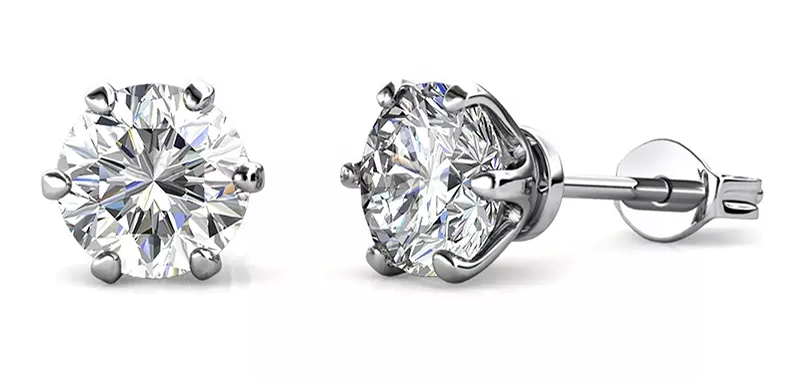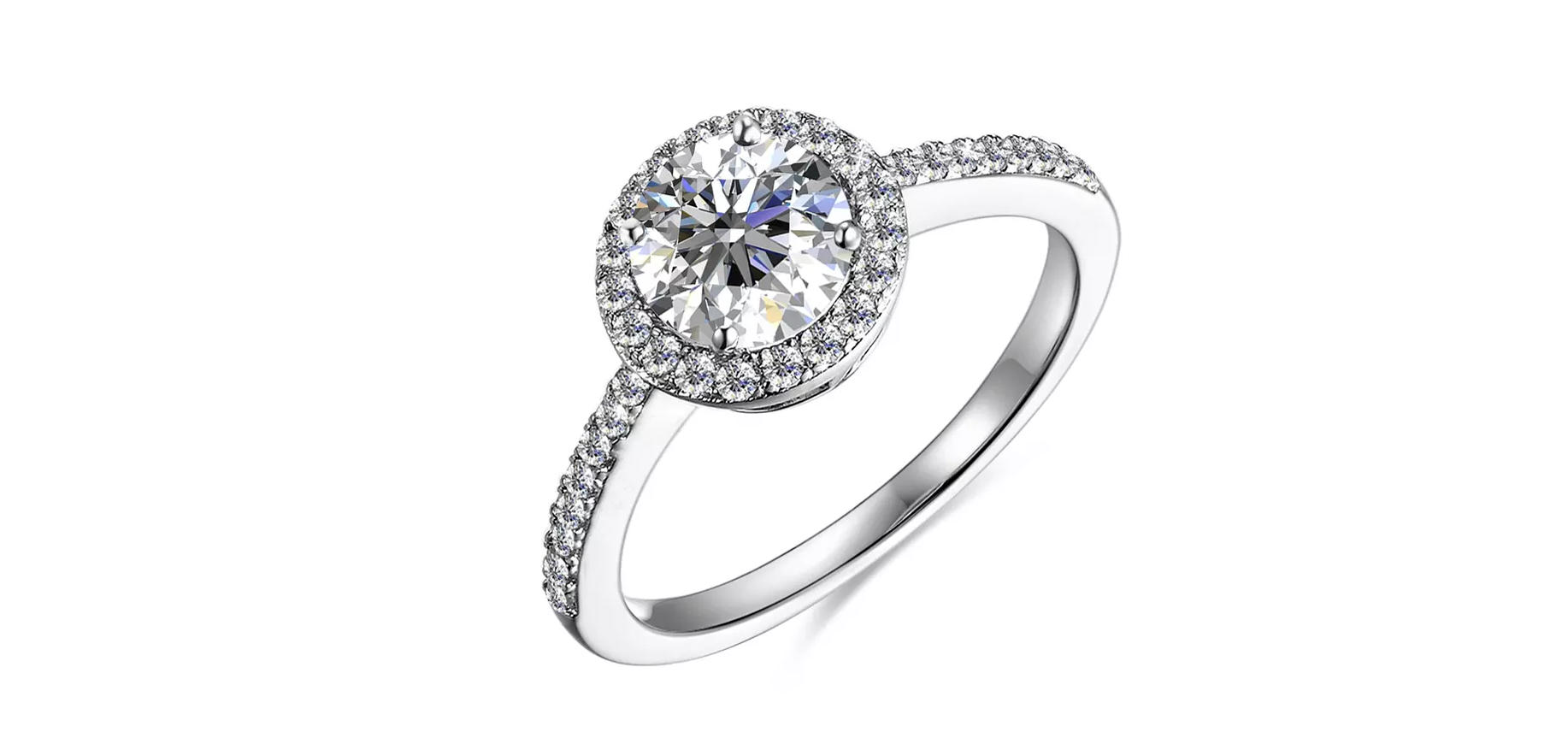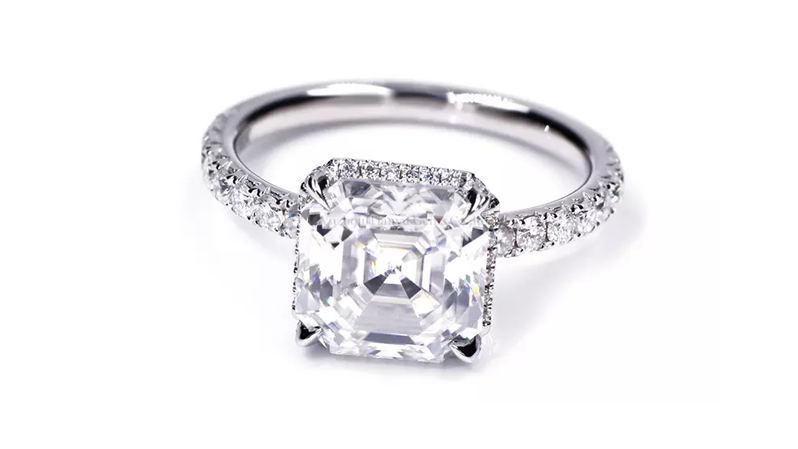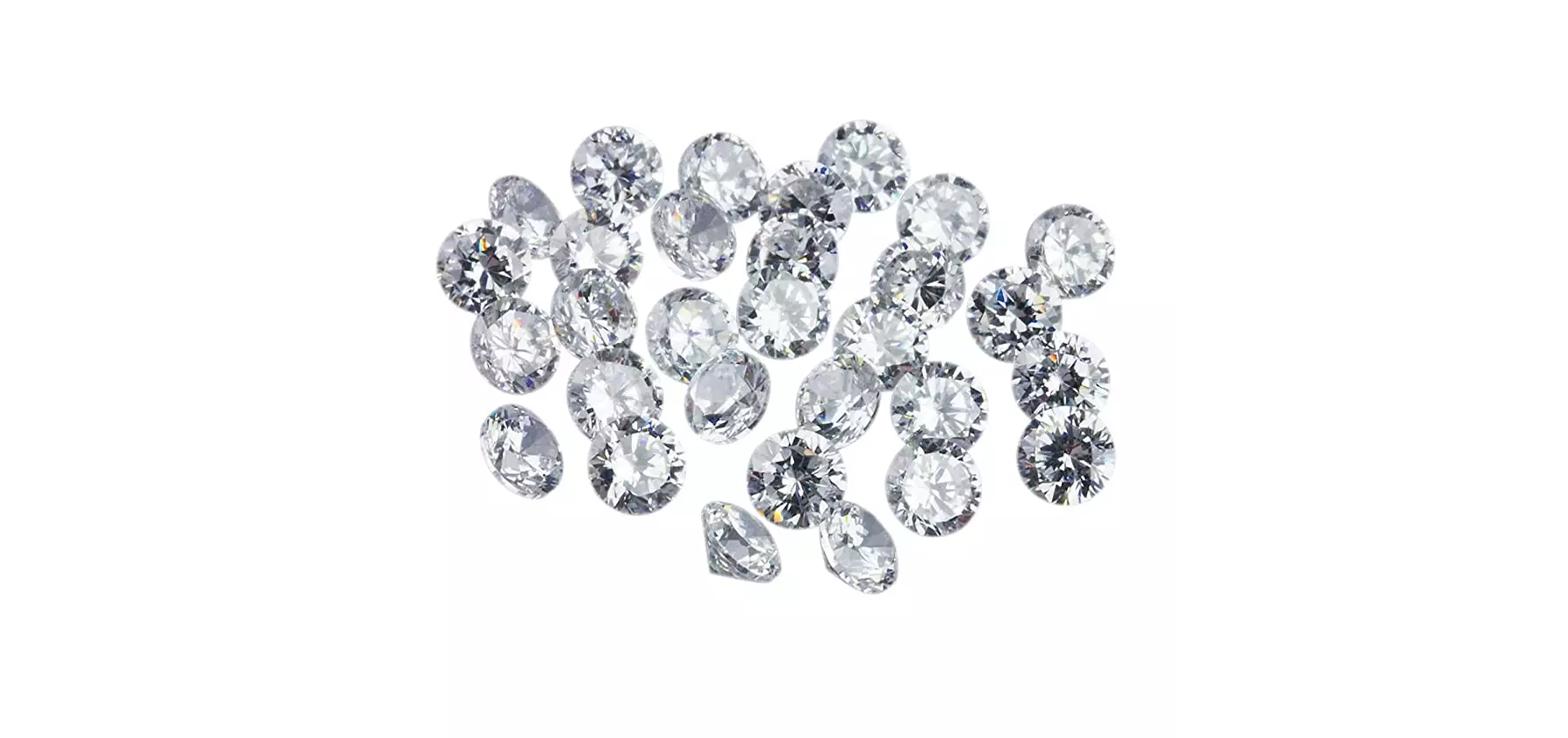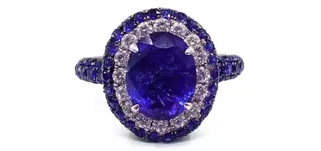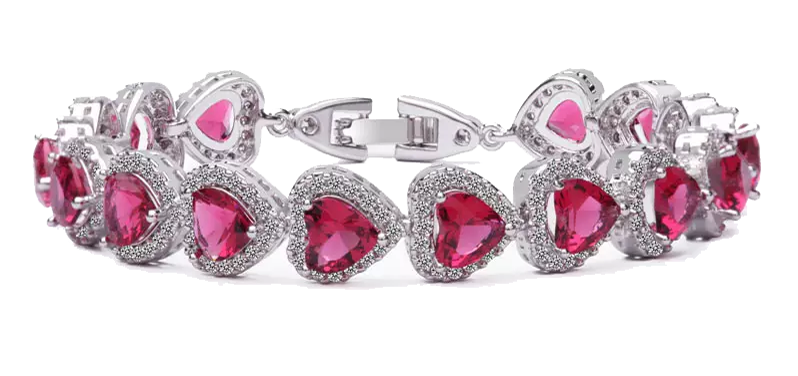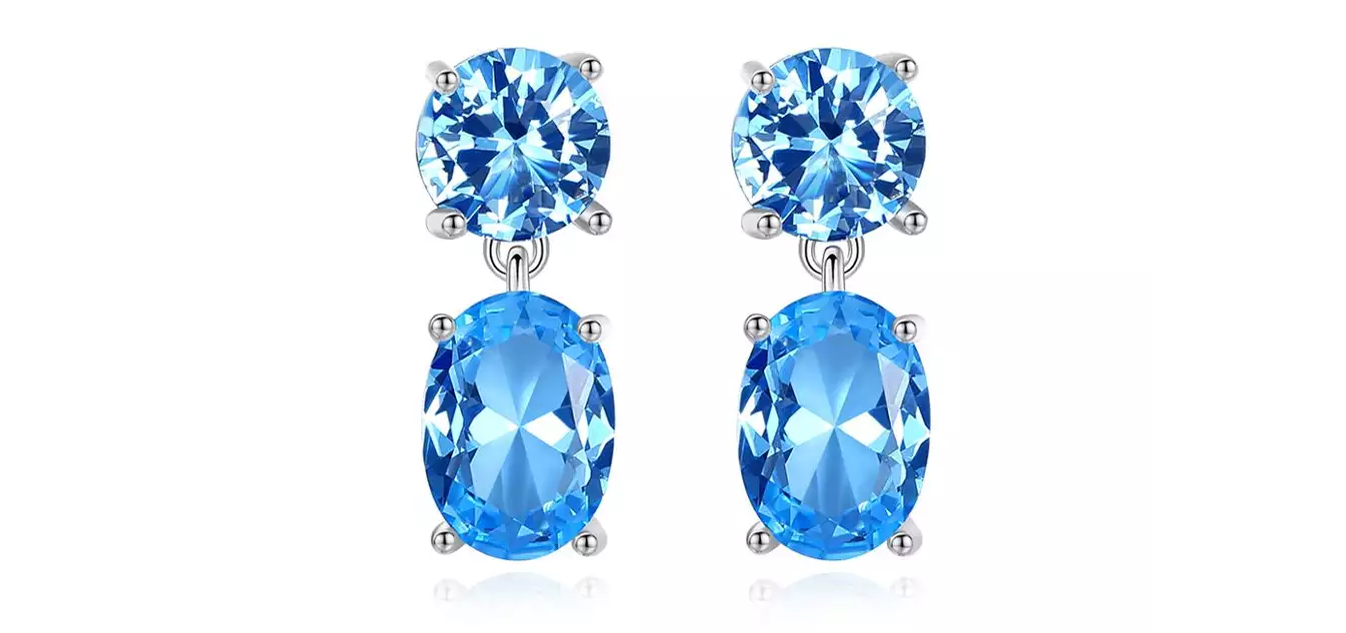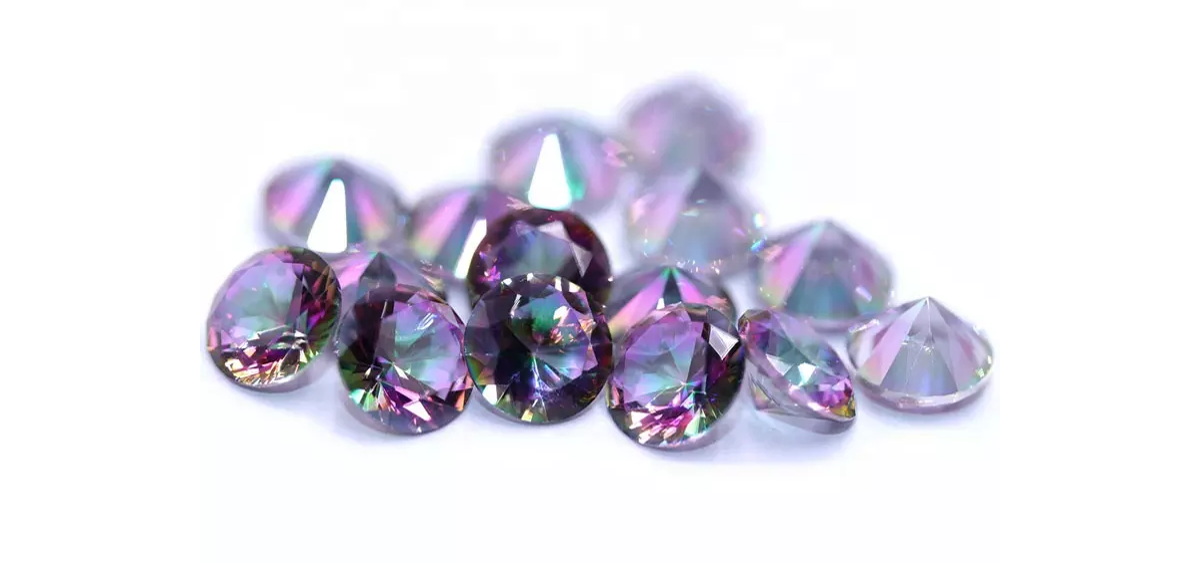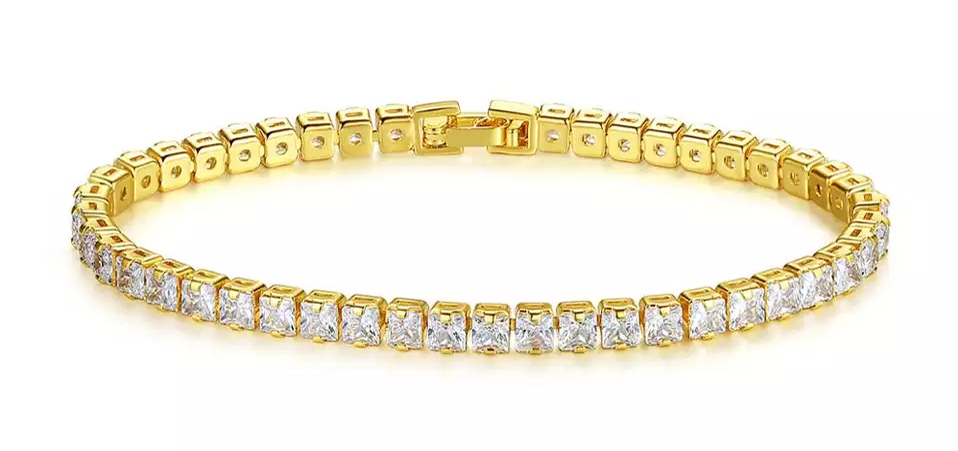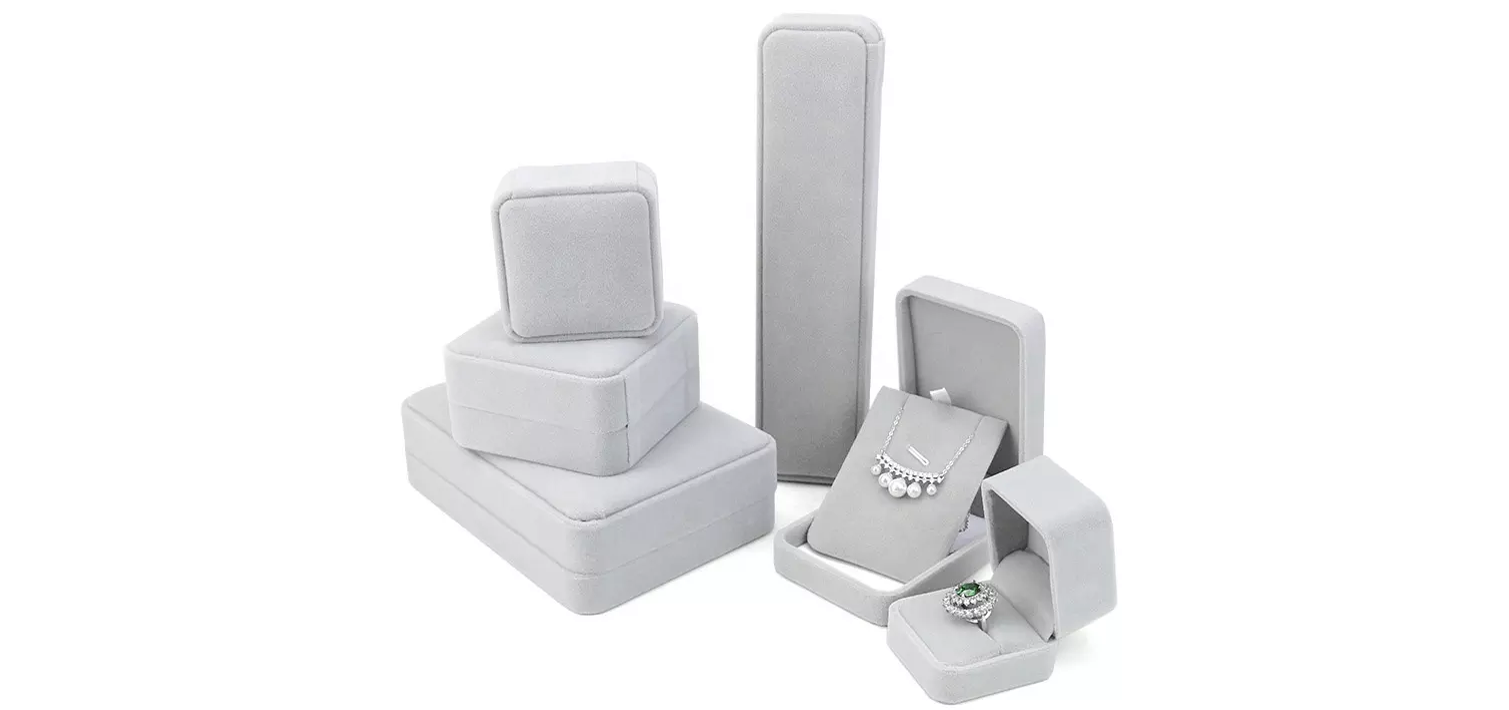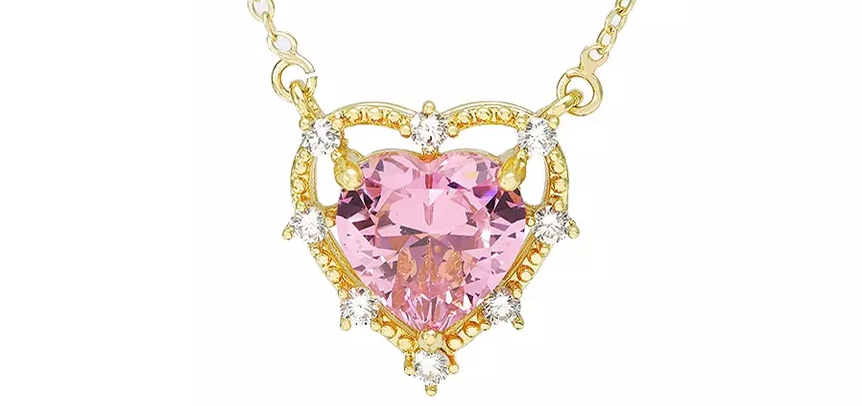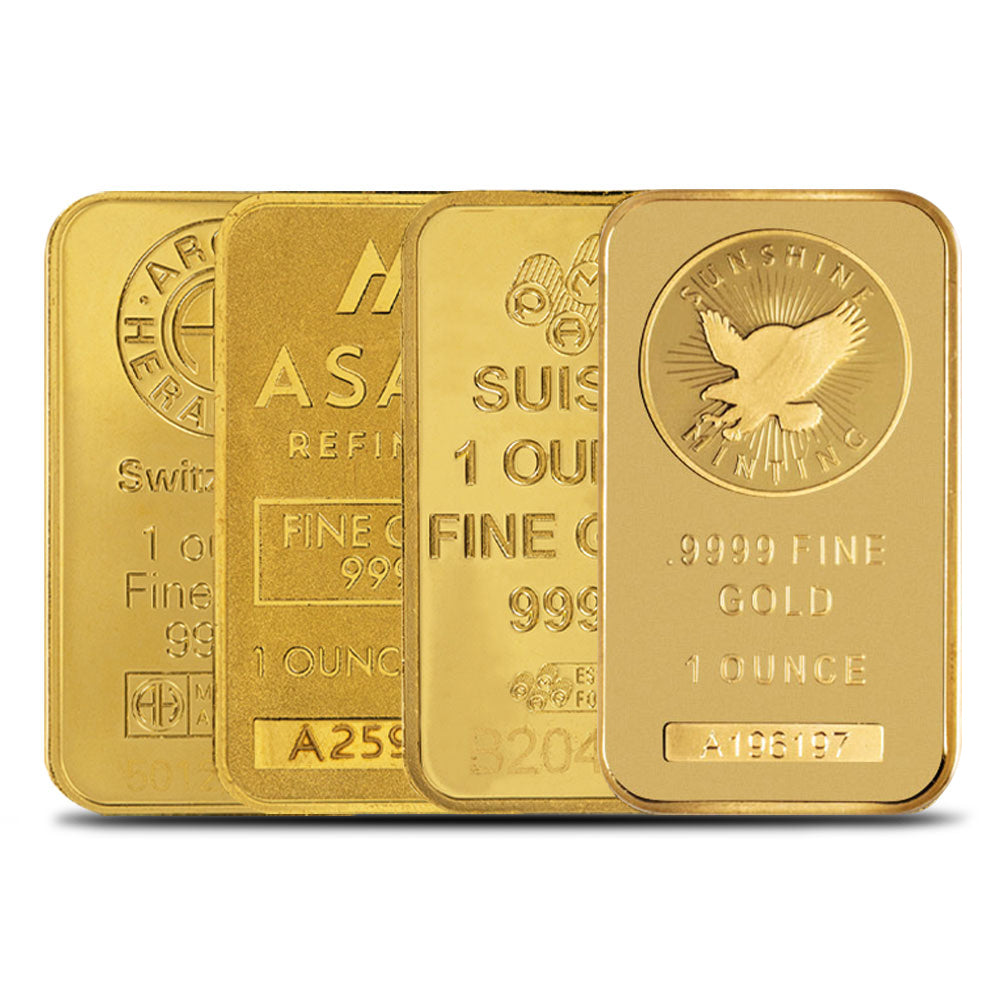Sapphire Education
The rich color and beautiful sparkle of a sapphire makes it the perfect choice for jewelry! Whether it is a dazzling pendant or gorgeous engagement ring, sapphires are sure to turn heads and elicit compliments. A durable stone in a seemingly endless array of colors, sapphires are a popular choice today for all types of jewelry, but if you’re unsure of what you’re looking for, purchasing any jewelry can seem stressful. To help put you at ease, SilverandGold.com has put together a guide to help you understand the qualities of a quality sapphire and allow you to choose the right sapphire for you!
Color
Color is arguably the most important factor when considering a sapphire. Traditionally, when thinking of a sapphire, most of us imagine a beautiful, velvety blue. But did you know that sapphires can come in a variety of colors? While blue is the official color designation of the term sapphire, these stones can also be pink, green, orange, purple, white, and more! Sapphires that are not blue are referred to as ‘fancy sapphires’. Each color has its own quality distinctions that influence the value of the stone.
The most prized sapphires have a clear and even color. A sapphire’s color has three aspects: Hue, Tone, and Saturation. A sapphire’s hue is usually composed of two parts: the main color of the stone and any secondary colors that can be detected. Often the secondary color is listed first when describing the stone. For example, a stone might be slightly violet blue, meaning the main color is blue, but hints of purple can be detected. When discussing the traditional blue sapphires, highly valued stones range from a velvety blue to a slightly violet blue. Tone refers to the depth of color of the stone. For example, compare a cornflower blue with a navy blue. Both colors are blue, but their tone is completely different. Sapphires can range from a light tone to a dark tone, but the highest quality sapphires fall into the medium or medium dark tones. Lastly, saturation refers to the purity of the gemstone’s color. Gems exhibiting gray or brown hues are less valuable. Sapphires with high levels of saturation show the purest colors. Strong to vivid saturation is found in the most valuable stones. It is important to note that personal preference plays a role in sapphire color. While cornflower blue sapphires may not be seen as the most desirable color when looking at sapphire standards, that doesn’t mean you can’t love it! Be sure to select a color that you are fond of and will adore wearing.
One of the most coveted and highly valued fancy sapphires is the Padparadscha sapphire. Found in Sri Lanka, Madagascar, and Tanzania, these sapphires exhibit a beautiful salmon color that can range from a pinkish hue to an orange hue. They are often not evenly colored and will have asymmetrical cuts, to preserve as much of the rare stone as possible.
Cut and Shape
There is no standard ideal cut for sapphires, which means each gem should be custom cut to help express the best color and brilliance possible. Because there is no real standardization for an ideal cut, sapphire cuts are not normally graded by laboratories. A well-cut sapphire will show off the gemstone’s color while enriching the brilliance and shine. The cut of the stone can help improve the overall appearance. For example, a lighter tone gemstone will be cut deeper to add strength and depth to the color. The best cut sapphires should create vivid flashes of color as it moves.
Sapphires can be cut into most typical gemstone shapes. The round brilliant cut is one of the most popular shapes right now, as sapphires have recently become a popular alternative to diamonds in engagement rings. Oval and cushion cuts are probably the next most popular cuts for sapphires. However, sapphires can be cut as princess, octagon, marquise, heart, and many other shapes. Regardless of shape, the edges of a the stone should be symmetrical and then tilted, the stone should create bright flashes of color without any dull spots.
Clarity
The typical blue sapphire may have some inclusions, but generally have better clarity than rubies. Still, a sapphire with very high clarity is rare and valuable. Because of the rich depth of color in a sapphire, clarity imperfections are often easily hidden and difficult to see without magnification.
Typically, inclusions lower the value of a gemstone, especially if they affect the stone’s durability and integrity.
- Silk inclusions look like fibers and are commonly found in clusters within the stone. They are on not on the surface of the sapphire; rather they look like fine fibers inside the stone. If a stone has too many of these inclusions, they can discolor the gemstone’s hue.
- Crystal inclusions appear to be white or black grains within the crystals and can significantly impact the sapphire’s color and light reflection.
- Twinning occurs when crystals are interconnected within the stone. They can diminish the light reflection of the stone and affect the color.
- Fingerprints are a common inclusion seen within sapphires. They are small inclusions clustered together mimicking a fingerprint. These inclusions are less likely to impact the overall quality of the stone.
However, some inclusions can increase the value of a gemstone. For example, the incredibly rare Kashmir sapphire features rutile inclusions that give it a coveted velvety blue appearance. These sapphires are rare and highly valued. Another inclusion that can increase a sapphire’s value is called an asterism. Asterisms are caused by needle-like inclusions that create a star effect when reflecting light.
Sapphire Treatments
Because a sapphire without inclusions is incredibly rare, there are certain treatments to enhancing their clarity. These treatments include Heating, Flux Healed, and Beryllium Diffusion.
- One of the most common treatments for sapphires is heat. Heat treatments help remove rutile inclusions and can improve the color and saturation of the gemstone. The stone is heated to 1800 degrees and the heat dissolves the rutile inclusions while improving the color and clarity, mimicking the natural process a sapphire undergoes while forming. No other additives are used to alter the sapphire and the treatment is permanent.
- Flux Healed sapphires are coated before they are heated to prevent the stones from stick to one another while being heated. Sometimes, this material will melt and fill in flaws or crevices in the stone, improving the clarity. However, the value of the stone is decreased, as an outside substance has impregnated the stone.
- Beryllium is added to a sapphire as it is heated in the beryllium diffused treatment. This process will enhance the color of the sapphire, creating a vibrant, rich color.
Carat
 Carat refers to the weight of a stone, not necessarily the size. To that end, a 1 carat diamond will visually be different size than a 1 carat sapphire. Sapphires tend to be heavier, so they will generally be a slight smaller size than a diamond of the same carat. Most commercial quality blue sapphires weight less than 5.00 carats, so buyers should be very cautious when purchasing larger stones to ensure they are getting a natural stone.
Carat refers to the weight of a stone, not necessarily the size. To that end, a 1 carat diamond will visually be different size than a 1 carat sapphire. Sapphires tend to be heavier, so they will generally be a slight smaller size than a diamond of the same carat. Most commercial quality blue sapphires weight less than 5.00 carats, so buyers should be very cautious when purchasing larger stones to ensure they are getting a natural stone.



